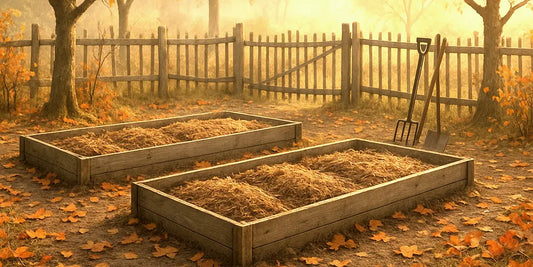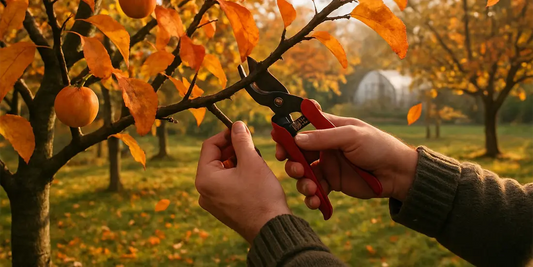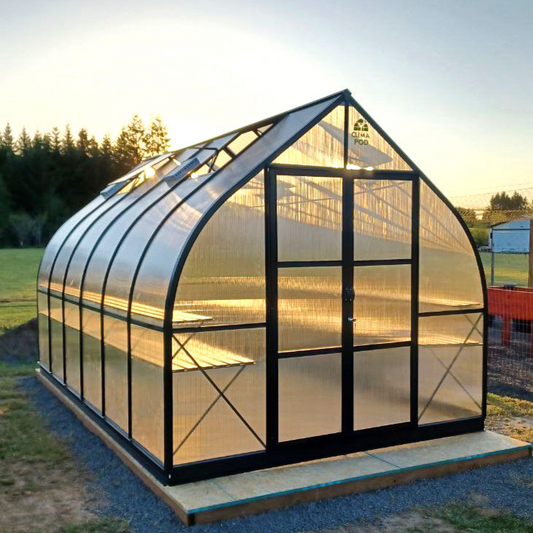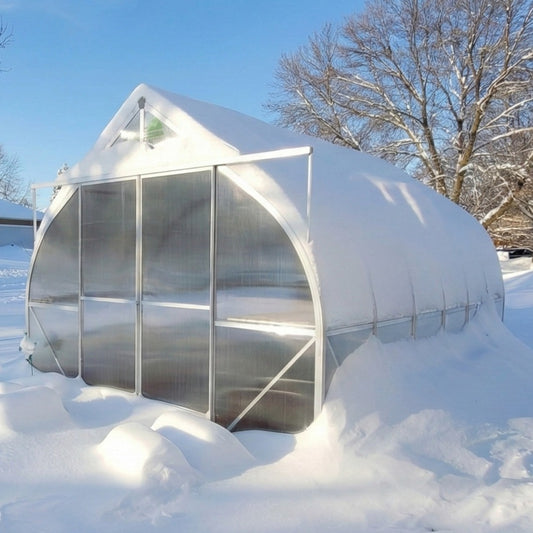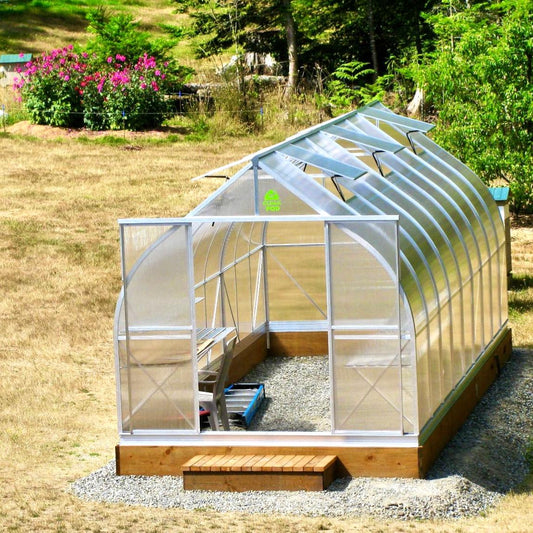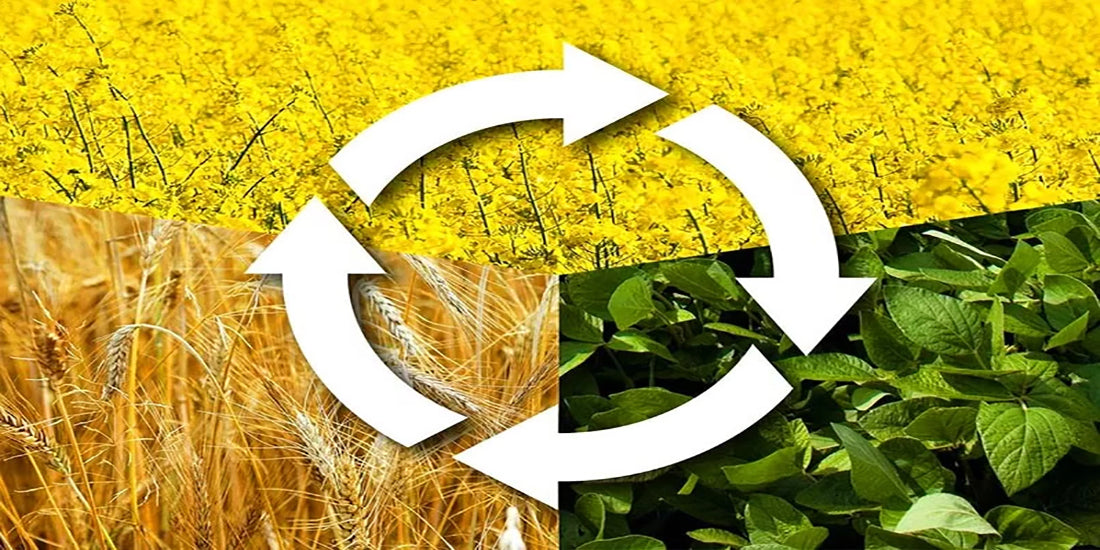
Crop rotation or which plants after which to grow in the garden
Successful gardening requires more than simply swapping crops; it demands a thoughtful approach to crop rotation. Ignoring this practice leads to depleted soil, disease build-up, and pest infestations.
Continuously planting the same crop in the same location depletes soil nutrients, encourages the accumulation of harmful pathogens, and attracts specific pests. While moving crops to different beds each season helps, a strategic approach is vital.
Understanding Crop Rotation
Crop rotation is the systematic alternation of plant species in a garden. There are three primary reasons to practice it:
- Reduces weeds, soilborne diseases, and pest infestations.
- Maintains optimal topsoil structure for healthy plant growth.
- Replenishes soil nutrients, preventing depletion.
Rotating crops ensures more efficient nutrient use. Different plants draw nutrients from different soil depths and in varying quantities. Additionally, some plants release substances that can inhibit the growth of subsequent crops from the same family.
This is especially apparent with beets, carrots, and spinach. Repeated planting in the same location often results in progressively smaller and less healthy harvests. Crop rotation mitigates this by allowing the soil to recover.
Note: Legumes, corn, and leeks are less susceptible to the negative effects of these toxins.
Even if a plant's roots don't release toxins during growth, the remaining stems and leaves can. Therefore, remove and compost plant debris, including tops from cucumbers, peppers, carrots, horseradish, cabbage, sunflowers, and weeds at the end of the season. This organic material can then be used to create beneficial compost, liquid fertilizers, or even natural pest controls.
Crop Rotation Guidelines
Effective crop rotation requires understanding plant families. Members of the same family often share the same diseases and pests. For instance, root rot can persist in the soil after lettuce and celery. Cabbage can suffer from cabbage fly or keel, necessitating a six-year break before replanting in that spot. Therefore, avoid planting dill (Celery family) after carrots (also Celery family).
It's crucial to remember that crop rotation applies to more than just vegetables. Flowers and herbs also belong to plant families and can impact subsequent plantings. For example, tulips and alliums are closely related. Careful planning is necessary when rotating crops after flowers.

We've prepared a helpful table detailing plant families and their associated crops.
|
Family |
Culture |
| Aster (composite) | Artichoke, aster, dahlia, calendula, kosmeya, daisy, oat root, dandelion, tansy, sunflower, rudbeckia, lettuce, lettuce chicory, scorzonera, yarrow, chrysanthemum, zinnia, string, tarragon, echinacea |
| Beans | Beans, vetch, peas, lupins, soybeans, beans, lentils |
| Buckwheat | Buckwheat, rhubarb, sorrel |
| Cabbage (cruciferous) | Rotabaga, daikon, cabbage (white, brussels, chinese, kohlrabi, red, beijing, savoy, cauliflower), katran, watercress, levkoy, leaf mustard, lobo, radish, radish, turnip, horseradish |
| Onion (liliaceae) | Begonias, onions (batun, fragrant, multi-tiered, leek, onion, rocambole, slime, shallot, chives), lilies, tulips, wild garlic, garlic |
| Gauze | Decorative quinoa, chard, beetroot, spinach. |
| Nightshade | Eggplant, belladonna, potato, nightshade, pepper, petunia, tobacco, tomato, physalis. |
| Celery (umbrella) | Anise, chervil, coriander (cilantro), carrot, parsnip, parsley, celery, cumin, dill, fennel. |
| Pumpkin | Watermelon, mad cucumber, melon, zucchini, crookneck, lagenaria, luffa, melotria, momordica, cucumber, squash, stepping stone, tladianta, cyclantera, chayote, echinocystis. |
| Lamiaceae | Basil, hyssop, marjoram, lemon balm, peppermint, savory. |
Vegetable Crop Compatibility
Maximizing garden space requires considering plant compatibility. Some vegetables thrive alongside specific companions, while others negatively impact each other.
Carrots and onions are a classic example of beneficial co-existence. The carrot fly and onion fly are major pests for each, but their respective scents repel the other's pest. This mutually beneficial relationship provides natural pest control.
Nutrient Requirements in Crop Rotation
Plant family isn't the only factor in successful crop rotation; nutrient needs are equally important. Avoid repeatedly planting high-nutrient-demanding crops in the same location.
Important: Avoid planting high-nutrient crops in the same bed year after year.
- High Nutrient Demand: Cabbage, potatoes, rhubarb, celery, asparagus, pumpkin, spinach.
- Moderate Nutrient Demand: Eggplant, bush beans, melon, kohlrabi, leek, cucumber, radish, beetroot, tomato, horseradish.
- Low Nutrient Demand: Peas, bush beans, onions, herbs, lettuce, radishes.
An effective rotation strategy involves planting high-demand crops in year one, followed by moderate-demand crops in year two and low-demand crops in year three. In the fourth year, replenish the soil and begin the cycle again with high-demand crops.

This ensures each plant returns to its original location only after four years. Dividing your garden into smaller beds and rotating crops annually is the easiest method for achieving this.
Beneficial Crop Predecessors
Plants thrive when the soil contains nutrients not depleted by their predecessors. Consider this when planning your planting schedule.
| Culture | Precursor |
| Beans | All types of cabbage, potatoes, cucumber, zucchini, pumpkin, onion, garlic, eggplant, pepper |
| Cabbage, beets | Cucumber, potato, pepper, carrot, bean, pumpkin, eggplant |
| Potato | Cabbage, cucumber, pumpkin, onion, garlic, carrot |
| Onion, garlic | Cabbage, potatoes, legumes, greens, radishes |
| Carrots | Cucumber, potato, cabbage, tomato, legumes |
| Cucumber, pumpkin, zucchini | Cabbage, legumes, onions, garlic, corn |
| Pepper, eggplant | Cabbage, cucumber, zucchini, pumpkin, onion, garlic, legumes, carrots |
| Tomato | Cucumber, carrot, cabbage, onion, beetroot |
Green Manure: Enhancing Soil Health
Organic gardeners utilize green manure (cover crops) to enrich the soil and reduce the need for chemical fertilizers. These fast-growing plants, with extensive root systems, are sown between main crops or in empty plots after harvest, then tilled back into the soil.
Legumes, like peas and beans, are particularly beneficial. Nodule bacteria on their roots fix nitrogen, enriching the soil.
Note: For legumes to be effective as green manure, allow them to flower, as this is when the nitrogen-fixing nodules develop on their roots.
Perennial legumes, such as alfalfa, have deep roots that access nutrients unavailable to shallower-rooted vegetables. These nutrients are then released into the soil for the following crops.
Always use cover crops like white mustard, phacelia, or rapeseed to improve soil fertility and prevent weed growth in fallow periods. This green matter can be composted for subsequent crops.
Green manure is an excellent method for improving soil health, suppressing weeds, and creating a thriving garden ecosystem.
Crop Rotation in Small Gardens

While crop rotation is a cornerstone of large-scale agriculture, its benefits are equally valuable in small gardens. The limited space often found in backyard gardens might seem to present a challenge, but effective crop rotation is entirely achievable.
Begin by creating a detailed garden plan, noting the location of all structures, trees, and shrubs. This will help you assess sunlight exposure in different areas, as buildings and large plants can significantly impact light levels.
Divide your garden beds into four zones. Each year, rotate the plant groups in a circular pattern. This ensures plants return to the same bed only after four years.
Here's a sample four-year rotation plan:
- Year 1: Zucchini, cabbage, cucumbers, pumpkin, squash
- Year 2: Onions, radishes, tomatoes, herbs, garlic
- Year 3: Rutabagas, carrots, radishes, beets, parsnips, root parsley
- Year 4: Potatoes
In the following season, move each plant group to the next zone in the rotation.
Note: Some gardeners practice "short-season" crop rotation, planting several early-maturing crops in the same area throughout a single growing season. In colder climates, starting seeds indoors or interplanting can make this effective.
Conclusion
While crop rotation may initially seem complex, it becomes straightforward with practice. Remember, the same principles apply to greenhouses. A well-planned rotation, incorporating beneficial companion planting of vegetables, herbs, and flowers, combines productivity with aesthetic appeal – the perfect combination for any gardener!


